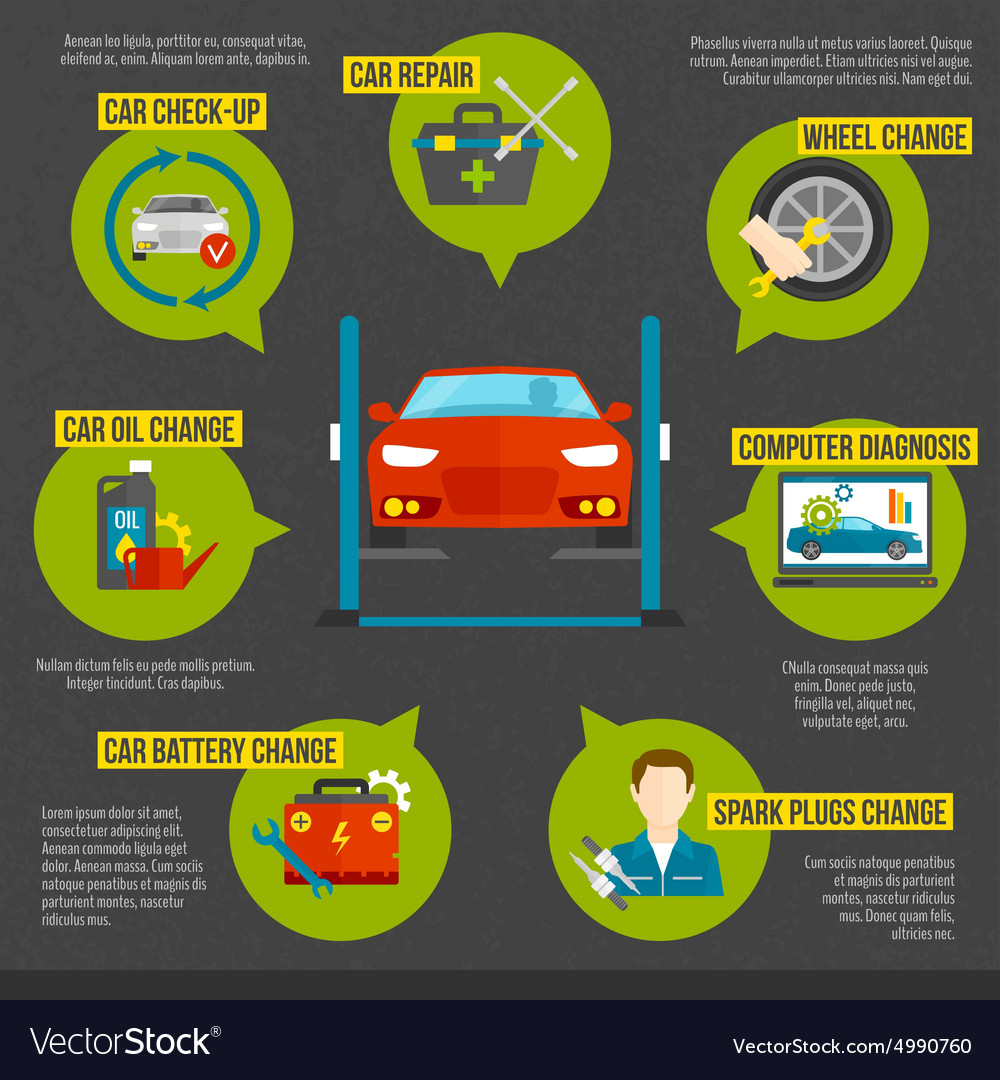Comprehending The Significance Behind Your Automobile'S Warning Lights: A Comprehensive Look
Comprehending The Significance Behind Your Automobile'S Warning Lights: A Comprehensive Look
Blog Article
Author-Termansen Stark
When you're behind the wheel, those glowing warning lights on your control panel can be a bit complicated. Do you recognize what they're attempting to tell you regarding your vehicle's health and wellness? Comprehending dimedetailing of these lights is essential for your safety and security and the longevity of your automobile. So, the following time one of those lights turns up, wouldn't you wish to decipher its message properly and take the necessary steps to address it?
Common Caution Lights and Interpretations
Identify common caution lights in your auto and understand their meanings to make certain safe driving.
One of the most common caution lights include the check engine light, which indicates problems with the engine or discharges system. If this light begins, it's vital to have your car checked promptly.
The oil stress alerting light shows reduced oil pressure, requiring instant interest to avoid engine damages.
A flashing battery light might suggest a faulty charging system, possibly leaving you stranded otherwise resolved.
The tire stress surveillance system (TPMS) light signals you to low tire pressure, affecting lorry stability and gas performance. Neglecting this could bring about harmful driving problems.
The ABS light indicates an issue with the anti-lock stopping system, endangering your ability to quit quickly in emergencies.
Lastly, the coolant temperature level cautioning light warns of engine getting too hot, which can result in extreme damages otherwise fixed quickly.
Comprehending Click Link will aid you resolve problems quickly and preserve risk-free driving conditions.
Relevance of Prompt Interest
Understanding the usual caution lights in your auto is just the very first step; the relevance of quickly resolving these warnings can't be highlighted enough to ensure your safety when traveling.
When a caution light illuminates on your control panel, it's your auto's method of connecting a possible issue that requires attention. Ignoring these warnings can lead to more extreme problems later on, compromising your safety and security and possibly costing you more out of commission.
Prompt attention to advising lights can prevent break downs and accidents. For instance, a blinking check engine light can suggest a misfire that, if left unattended, might create damage to the catalytic converter. Addressing this without delay can conserve you from a costly repair work.
Similarly, a brake system alerting light could indicate low brake liquid or worn brake pads, important elements for your safety when driving.
DIY Troubleshooting Tips
If you observe a caution light on your control panel, there are a couple of do it yourself fixing pointers you can try before looking for specialist assistance.
The very first step is to consult your vehicle's handbook to comprehend what the certain caution light indicates. In some cases the problem can be as simple as a loose gas cap setting off the check engine light. Tightening up the gas cap might solve the trouble.
One more usual concern is a reduced battery, which can activate different advising lights. Checking the battery connections for rust and guaranteeing they're protected could fix the problem.
If a caution light continues, you can attempt resetting it by separating the car's battery for a few minutes and then reconnecting it. Furthermore, checking your automobile's liquid degrees, such as oil, coolant, and brake liquid, can help troubleshoot warning lights associated with these systems.
Verdict
To conclude, understanding your car's warning lights is important for keeping your lorry running efficiently and safely. By promptly addressing these signals and understanding what they mean, you can prevent expensive repair services and prospective malfunctions.
Bear in mind to consult your automobile's manual for certain information on each alerting light and do something about it appropriately to ensure a trouble-free driving experience.
Keep notified, stay risk-free when traveling!
